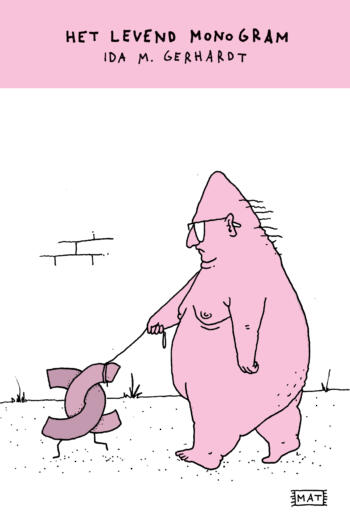-
Vorige
De Kapellekensbaan (Chapel Road)
Louis Paul Boon
1953 / 1956 -
Volgende
De Oostakkerse gedichten (The Oostakker Poems)
Hugo Claus
1955
The lines that follow complete the picture: the narrator of these poems prefers nature and silence to people. Her verses uncompromisingly bear witness to a loveless childhood, and life is nothing more than a phase on the way to God.
Ik - vriend van stilte, dier en plant, schreef naar zijn wil, met grijze haren, de gruwelen van mijn kinderjaren op deze doortocht naar zijn land.
(I – friend of silence, beast and plant, wrote at His will, with greying hair the horrors of my childhood years on this passage to His country.)
This is not pleasant and uplifting poetry. The unsuspecting reader may also be deterred by the numerous references to classical antiquity and the use of motifs and images from the Christian tradition.
According to Anneke Reitsma (in Our Heritage), when Ida Gerhardt died in 1997, most critics thought that her entire oeuvre should be interred “in the hall of honour of a foregone canon, which belongs more in the 19th than the 20th century”. That is not what transpired. The Collected Poems appeared one year after her death and in 2014 was in its 13th edition, while an anthology of her work (compiled by Gerrit Komrij in 2001) was also a success.
Continued interest in her work is not only due to its seriousness, profundity and spiritual richness, it is about the power of her words. The first series of the collection (In memoriam matris) is particularly confronting with its fierce and at times horrifying emotions. But she does this without any sentiment, almost like an observer, in a bald, appositional style, hard and ruthless. It is precisely this absence of stylistic embellishment, the concentration on the essential, the control of the horror through the discipline of the form that makes her poetry so moving. In the series that follows, Gerhardt uses Christian and mythological references embedded in the work to add a commonality of human experience to the personal, autobiographical voice in the first series.
However deeply the poems in Living Monogram are rooted in the poet’s personal history, they are essentially about us. Michaël Zeeman expresses this particularly strongly in his essay collection To my Former Fatherland (2010):
"The most famous poem that Ida Gerhardt wrote about her mother was Sonnet for my Mother. In a country where a different poetry culture would prevail, every schoolchild would be obliged to learn it by heart: it would be an order and a remedy; it would prevent a lot of whining during late nights or at various RIAGGs (Regional Institution for Ambulatory Mental Health). 'Mother, you have forborne this life badly, / as I forebear it so. We are alike.’”






